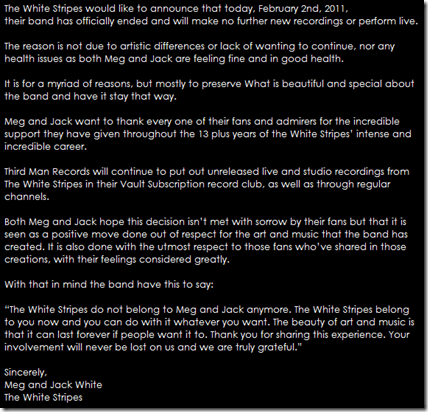The NLRB announced yesterday that it has reached a settlement in a case involving a Connecticut employee fired for posting negative comments about a supervisor on her Facebook page. According to the NLRB’s press release [pdf]:
Under the terms of the settlement approved today by Hartford Regional Director Jonathan Kreisberg, the company agreed to revise its overly-broad rules to ensure that they do not improperly restrict employees from discussing their wages, hours and working conditions with co-workers and others while not at work, and that they would not discipline or discharge employees for engaging in such discussions.
You can read my earlier thoughts on the filing of this charge for more background. Seth Borden’s Labor Relations Today also has details on yesterday’s settlement, including news of another charge on the horizon that may lead the NLRB to resolve this issue.
What troubles me about this story is how it is being portrayed by the news media. Our local NBC affiliate teased this story with the following: “Tune in at 11 to find out what you’re allowed to say about your boss on Facebook.” Neither this case, nor any other case, will give employees carte blanche to trash their employers on Facebook, Twitter, in the press, or at a Saturday night cocktail party. Employees have the right to discuss their wages, hours, and working conditions; they do not have a license to defame, disparage, or otherwise trash their company, management, product, or co-workers.
Don’t read too much into this recent foray by the Board into the brave new world of social media. Until the NLRB says otherwise, employers shouldn’t treat social media any differently than any other form of employee communications.
For more coverage in the blogosphere, I recommend Daniel Schwartz’s Connecticut Employment Law Blog, Philip Miles’s Lawffice Space, Eric Meyer’s The Employer’s Handbook, Defending the Digital Workplace, Workplace Prof Blog, Kashmir Hill’s The Not-So Private Parts, Hawaii Labor and Employment Law, and Wisconsin Labor & Employment Law Blog.
Presented by Kohrman Jackson & Krantz, with offices in Cleveland and Columbus. For more information, contact Jon Hyman, a partner in our Labor & Employment group, at (216) 736-7226 or jth@kjk.com.






